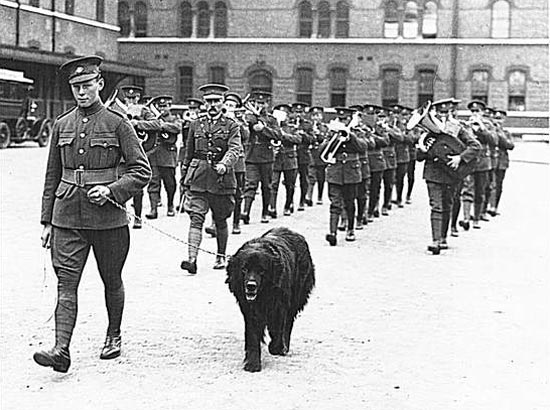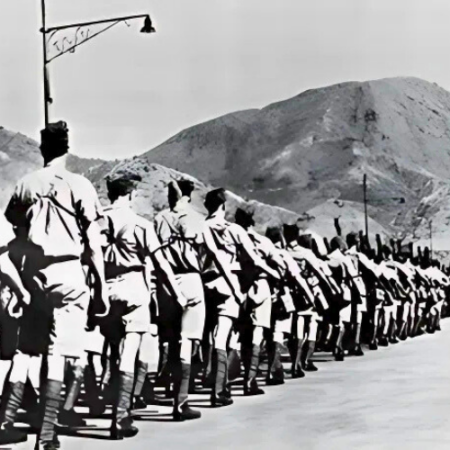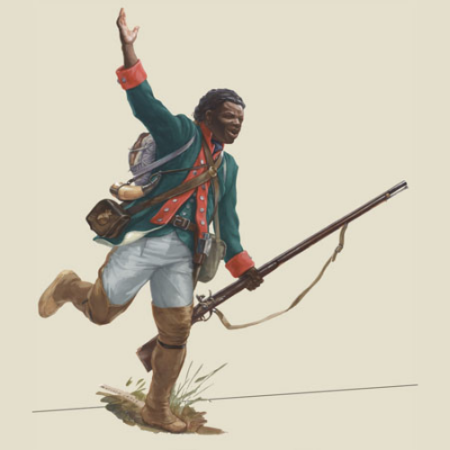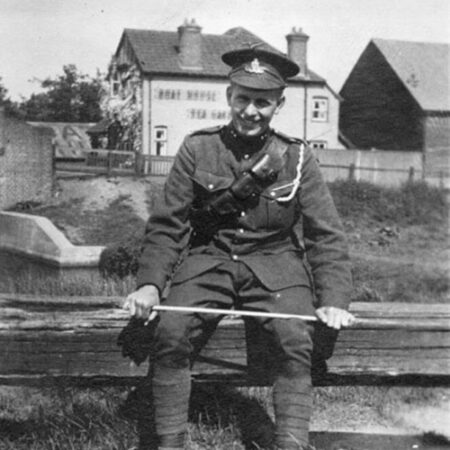Did you know that Newfoundland also participated in the Second World War as a British Dominion? While hundreds of Canadian soldiers were, at one time, stationed in Newfoundland to protect it against any potential enemy attacks, a lot of Newfoundlanders also formed their own units! From North Africa to Europe, the Newfoundland army was a valuable ally during the war.
Until March 31, 1939, Newfoundland was not yet a province of Canada. Indeed, this unceded Indigenous territory was, at the time, considered a British Dominion by its government. Thus, when the war called for Britain, Newfoundland was quick to follow suit. But while autonomous in certain aspect, Newfoundland couldn’t hold his own against an enemy attack. Indeed, at the front of the St. Lawrence River and susceptible to German submarine attacks, Newfoundland was an important territory to protect.
With the outbreak of hostilities, Canada was tasked by the British government to provide military protection for Newfoundland by garrisoning troops and training new units. The Royal Rifles of Canada, for example, spent several months on assignment there before being transferred to Hong Kong. While in assignment, the soldiers took the opportunity to adopt a dog: Gander, named after the airport they were tasked to protect.
It is without saying that many Newfoundlanders also joined the army during the war! Just like their ancestors did during the Great War, many young men and women enlisted in their local units to either protect their home or participate in oversea missions. The Royal Newfoundland Militia, for example, was raised and trained by the Canadian army as an infantry unit. From September 1939 to the end of the war, the militia was tasked to protect the coast from a German invasion. On March 2, 1943, the militia became a fully-fledged regiment and was training other native units. Thus, two all-Newfoundland artillery units were also raised and sent to Europe and North Africa where they fought with the Allies.

Cover photo: Enlisted soldiers from Newfoundland and Labrador, May 1940 (source: Heritage Newfoundland & Labrador).
A video edited and narrated by Aglaé Pinsonnault, and researched and written by Julien Lehoux for Je Me Souviens.






